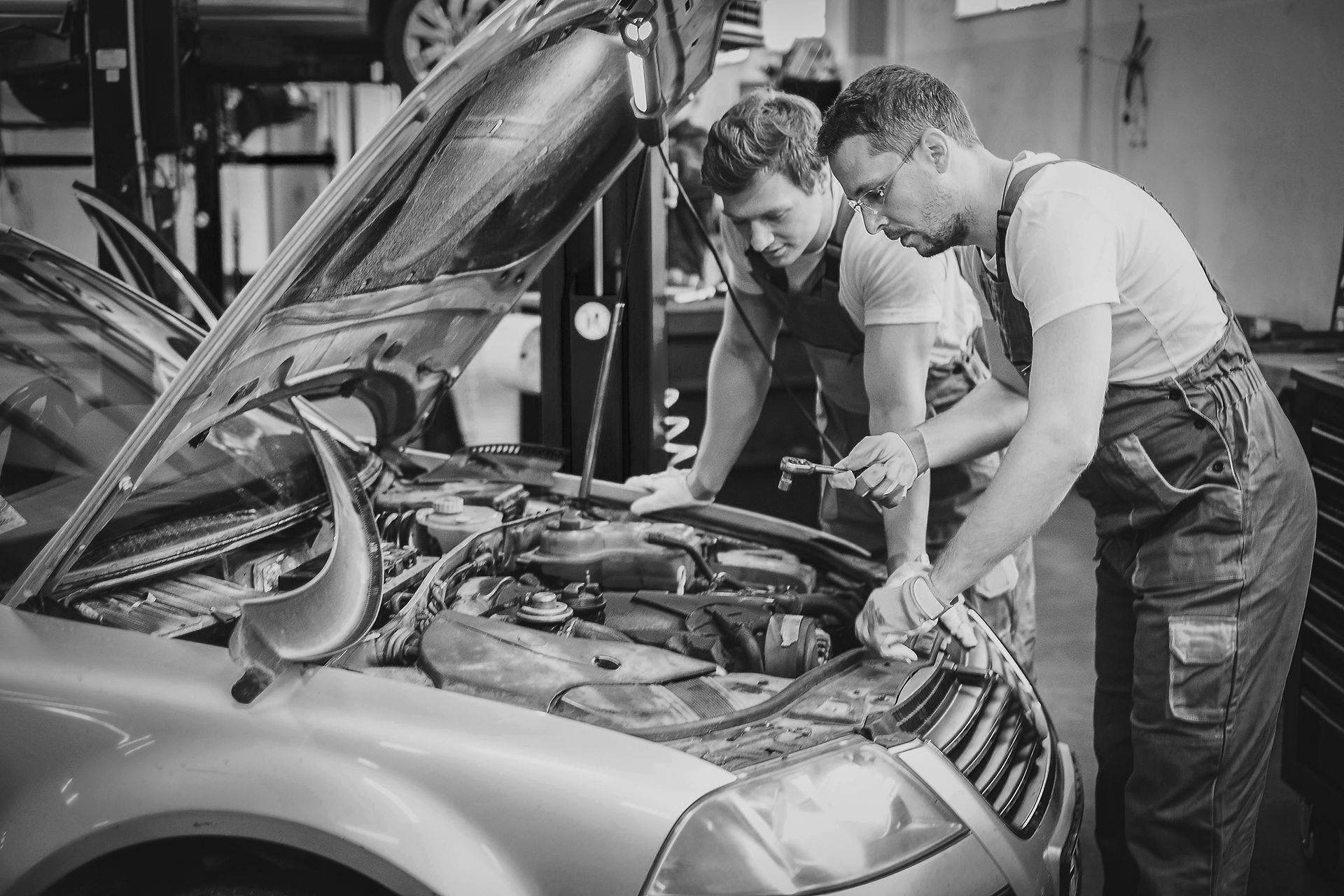
PRICING OF BODY REPAIRS
TranMazon as an Amazon Delivery Service Partner (DSP) truly do understand the costs related to maintaining an Amazon fleet of vans.
What Factors Affect Auto Body Repair Costs?
-
Auto body repair costs vary widely, and are determined by several factors:
-
The Type of Vehicle: The make, model and year of the vehicle will affect repair costs. For example, a brand-new luxury foreign vehicle can have higher costs than an older domestic sedan.
-
Type of Damage: Small doors scratches and dents will cost significantly less to repair than bumper or windshield replacements.
-
Technology Features: The more advanced the technology in the vehicle, the more you can expect to pay for repairs.
-
The Repair Shop: Dealerships tend to have higher costs than auto body shops. Labor rates also vary by location.
Estimated Costs for Common Auto Body Repairs:
To give you a rough idea of collision repair costs, AAA estimates the following costs. It’s important to note that exact costs will depend on many factors, so it’s important to get a professional estimate for your vans. The estimates below are intended to be a baseline of what you may be able to expect.
-
Door Damage: $50 – $1,000
-
Repairs for small dents and scratches can start at around $50, depending on the severity of the damage. More extensive damage could potentially cause issues with the technology behind the door, such as the wiring for the locks and windows. These repairs will be more expensive, with a full door replacement costing upwards of $800.
-
-
Bumper Damage: $300 – $1,500+
-
Similar to door damage, minor bumper dents and scratches can typically be repaired for a small price. Extensive damage — deep cracks, holes or if the bumper is falling off the vehicle — will likely require a full replacement. The more extensive the damage, the higher the repair costs.
-
-
Windshield Damage: $250 – $1,000
-
Small windshield or window cracks can be repaired for a fraction of the cost that it would take to replace the glass.
-
-
Suspension Damage: $100 – $5,000+
-
A vehicle’s suspension system is comprised of different parts and components, such as wheel alignment, ball joints and shock absorbers. Individually, repairs and replacements for these components can cost between $100 and $600. Insurance.com reports that full suspension replacement could cost up to $5,000.
-
-
Paint Damage: $500 – $7,500
-
Vehicle repairs are almost always finished with a paint job. The extent of the vehicle’s damage will determine how much repainting is required. For example, small scratches may just need a quick touchup, but a bumper replacement will need a full coat.
-
Other Cost Considerations:
Insurance Coverage
Van Auto insurance policies vary in terms of coverage and deductibles. Most insurance deductibles are around $500–$1,000, meaning the policy will cover repair costs after you pay that amount.
For minor repairs that are less than the deductible, it’s common for drivers to pay for repairs out-of-pocket without going through insurance. For example, if you accidentally hit a pole and your bumper just needed a small replacement part, this might only cost $200. Paying the repair shop directly avoids having to file a claim and eliminates the risk of your insurance premium increasing.
Rental Vans
If your vehicle will be at the repair shop for a few days or weeks, you’ll probably need a rental vehicle. The daily rental fees will depend on your location and the type of van you rent, but daily costs can range anywhere from $0–$150 based on your fleet insurance.
How to Tell If It’s Safe to Drive Your Van After a Collision
After a collision, whether minor or severe, the safety of all passengers involved is the most important concern. Call 911 if you or any others involved have signs of injury. Some injuries, like whiplash, aren’t immediately noticeable because of the body’s adrenaline response to the accident.
If the collision was minor and you want to continue driving your vehicle, there are a few precautions to take first:
-
Make sure the mirrors are in place. You could be pulled over and ticketed if your mirrors are missing or severely damaged.
-
Make sure the hood can lock. As you’re driving, the hood could pop up and impair your visibility.
-
Check your headlights and tail lights. If they are damaged, you could have difficulty seeing the road in front of you, which could cause another accident.
-
If your vehicle is leaking fluids, like coolant, antifreeze, oil or gas, this could be a sign of extensive internal damage. Your brakes might not work properly, or the engine could overheat, making it unsafe to continue driving the vehicle.
-
Your wheel alignment could be off after a collision, and could cause your vehicle to swerve when driving. If even just one wheel is misaligned, you should not drive the vehicle.
Keep in mind that a new van will be more expensive to insure and register. Newer vehicles also tend to have higher initial repair costs than older models. However, newer vehicles tend to offer better fuel efficiency and come with warranties that can help you save on costs during the first few years of ownership.


